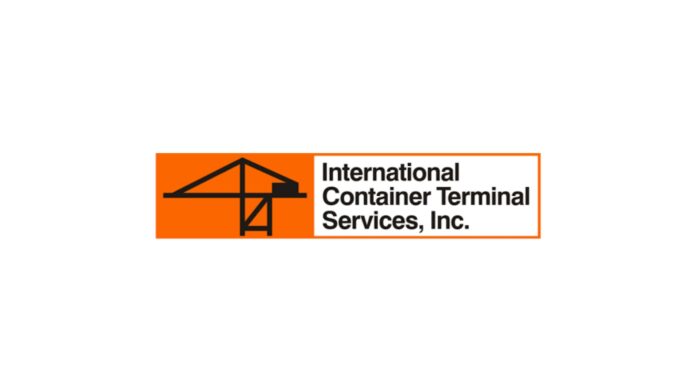The International Container Terminal Services, Inc. (ICTSI) on Wednesday said the construction of its container terminal in Bauan, Batangas is scheduled for completion in 2028.
Businessman and port operator Enrique Razon Jr. said the design and engineering studies of the USD800 million Luzon International Container Terminal (LICT) are underway, with construction to begin in early 2025. The project will observe strict environmental guidelines to minimize disruption to the local ecosystem.
The facility is rated as the country’s second largest container facility after the Manila International Container Terminal (MICT).
When completed, the terminal will feature up to 900 meters of quay and at least eight ship-to-shore gantry cranes and estimated capacity of over two million TEUs a year.
The LICT is also designed to support the country’s renewable energy goals, particularly in Southern Luzon. With the shift toward cleaner energy, the new terminal will meet growing demand for efficient and eco-friendly marine handling solutions in the region.
“We’re proud to drive positive change at home by developing a world-class port capable of handling the largest container vessels. This boosts our capacity and helps lead the shift toward a more sustainable shipping industry,” Nathan Clarke, ICTSI vice president and head of global engineering for infrastructure and project delivery, said.
“Our new Bauan terminal’s ability to accommodate large ships sets it apart and positions us as a leader in efficient and eco-conscious trade. At the end of the day, if a terminal is unable to handle larger vessels, it’s also unable to fully embrace the new technologies leading to a sustainable future,” he added.
ICTSI’s sustainability track record, seen in its 36-year operation of the MICT, serves as the foundation for the Bauan terminal. Over the years, ICTSI has implemented initiatives like advanced waste and water management systems, circular economy practices, biodiversity conservation programs, and decarbonization efforts to reduce its environmental impact.
A key feature of the Bauan terminal is its ability to handle mega ships, a growing trend in global shipping aimed at increasing efficiency and reducing environmental impact. These larger vessels can carry significantly more cargo, offering several environmental benefits.
One of the main advantages of mega ships is that they help reduce the number of vessels at sea by transporting more cargo in fewer trips. This leads to lower fuel consumption, reduced greenhouse gas emissions, and less congestion on shipping routes.
For example, ultra-large container ships carrying over 20,000 containers emit less carbon per container compared to smaller vessels, making them a more sustainable option for global trade.
The LICT represents ICTSI’s commitment to innovation and sustainability. By accommodating mega ships and integrating eco-friendly practices, ICTSI is supporting both economic growth and environmental responsibility.
When completed, the LICT terminal will strengthen the Philippines’ position in global trade and serve as a model for sustainable shipping. The project proves that progress and environmental protection can go hand in hand, and sets a standard for the future of the maritime industry.







